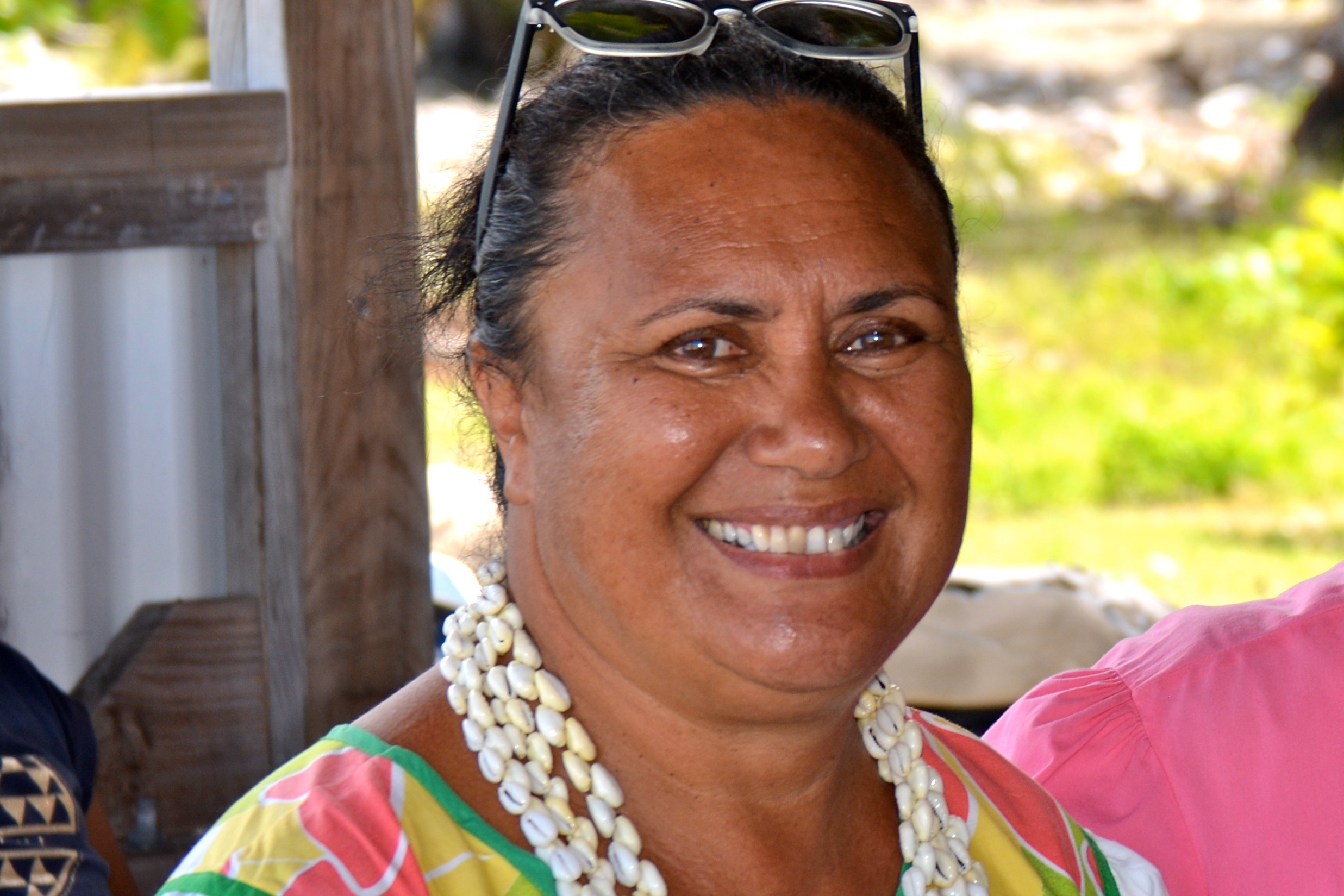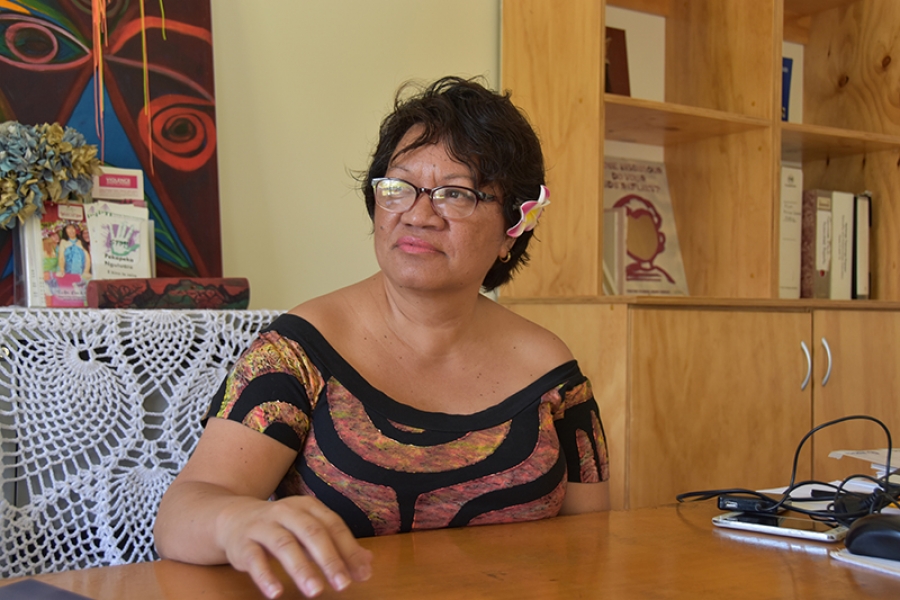TONGA – It’s 400 years since Tonga had its first contact with European explorers.
In 1615, an expedition led by two explorers, Willem Schouten and Jacob Le Maire, set off from The Netherlands in search of a new trade route around South America to Indonesia, to avoid a route monopolised by the Dutch East India Company.
Dutch ships not belonging to the company were forbidden to sail around the Cape of Good Hope or through the Straits of Magellan, the only known routes to the Far East.
In defiance, Schouten and Le Maire set out in two ships – the Eendracht and the Hoorn – to discover a new sea route via Cape Horn.
Having passed around Cape Horn and through French Polynesia’s Tuamotu Archipelago, the sailors came across Tonga’s northern Niuatoputapu islands on May 9, 1616.
Malakai Koloamatangi, the head of the Pacific Research Centre at New Zealand’s Massey University who researched the expedition for a ceremony hosted by the Netherlands embassy in Tonga last week, said the find was somewhat accidental.
“I don’t think they actually had any intention,” said Dr Koloamatangi. “They were just sailing westward in search of the Far East and it just so happened that they came across the Tongan islands.”
Dr Koloamatangi said the explorers only stayed for four days and never actually set foot on the islands, but in that time they managed to both trade and fight with the locals.
“It was the very first encounter, obviously, for the locals,” said Dr Koloamatangi.
“The Europeans came with their own way, their own perceptions about what they hoped to find,” he said.
“For example, they encountered a canoe which was sailing apparently towards Samoa. They fired a couple of shots across the bow, which in European marine protocol meant they wanted it to stop.”
“Of course, the Tongans had no idea, they didn’t stop of course and they kept on sailing and they eventually had a skirmish where some were injured.”
When they arrived at Niua, local men paddled out to meet the Dutch ships offering coconuts and plant roots. The Dutchmen gave them nails and beads in return.
An incident occurred when the Dutch launched a small boat to look for better anchorage. Canoes surrounded the boat and tried to take it. The Dutch fired their muskets and a Niua man was killed.
Later, a flotilla of canoes attacked the ships. The Niuans rammed one of the ships at high speed, breaking the double prow of their own canoe.
After the incident the Dutchmen dubbed Niuatoputapu, “Traitors Island”.
At the time of Schouten and Le Maire’s arrival, Tonga was itself in a period of political upheaval, Dr Koloamatangi said, with the royal dynasty that still rules the kingdom today establishing itself on faraway Tongatapu.
“Things were not quite settled, not quite established,” said Dr Koloamatangi. “And so I think they came on to that in a time when Tongan society was somewhat in disarray because of the new dynasty.”
After the brief visit, the Dutch explorers then sailed on to “discover” Futuna, although Dr Koloamatangi said the brief encounter left a lasting legacy in Tonga.
“The encounter actually has been memorialised and remembered through the creation of Tongan family names. There’s a name called Vakata – ‘Vaka’ is boat and ‘ta’ is to hit. So Vakata is to hit the boat and also the name Tauvaka is one of the people who was injured by the Dutch when the Tongans tried to attack the boat,” he said.
At the ceremony held in Nuku’alofa last week, the Dutch Ambassador to New Zealand, who is also responsible for Tonga, Rob Zaagman, said his country was hoping to establish a close links with Tonga.
- RNZI/PNC











































